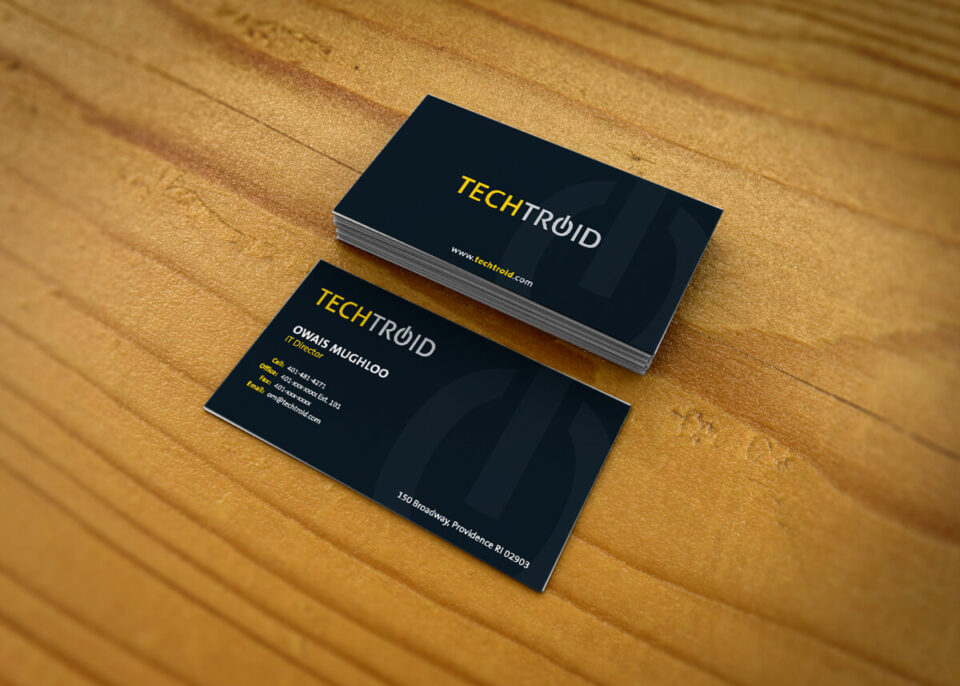When it comes to creating a memorable business card, the design and material you choose can make a significant difference. In the professional realm, your business card is often the first impression you give to potential clients, colleagues, or collaborators.
It should reflect your brand, convey pertinent information, and stand out in a pile. Whether you’re revamping an existing card or starting from scratch, there are an array of design possibilities and materials to consider. Below, we explore some innovative and inspiring ideas for your business cards.
Exploring Innovative Materials for Business Cards

The traditional paper business card is receiving a modern makeover with the use of new, innovative materials. Professionals are now turning to fabrics, plastics, and even metal to craft unique and memorable business cards. These unconventional materials can add texture and dimension, instantly making your business card stand out.
One notable example is the tactile and visually interesting choice of linen business cards. The linen texture offers a sense of luxury and durability that can elevate your brand. It’s both a pleasant surprise to the touch and provides an understated elegance that doesn’t overpower the key information on the card.
Other materials like clear or frosted plastic create a sleek and modern vibe, suitable for tech companies or creative agencies. These materials can be cut in various shapes and sizes, adding to the custom feel of the cards. They can also be combined with interesting inks or foil accents for added sophistication.
Ultimately, the material you choose for your business cards should align with your brand identity. Whether it’s a sturdy eco-friendly paper or a hefty metallic card, the material should send a clear message about the values and aesthetics of your brand.
Incorporating Your Brand’s Color Palette and Typography
Your brand’s color palette and typography are essential elements that should be thoughtfully incorporated into your business card design. Colors can evoke emotions and perceptions, so choose hues that mirror the sentiment of your brand. Ensuring consistency in color across all marketing materials helps to reinforce brand recognition.
Typography is another powerful tool that contributes to the card’s readability and brand personality. Selecting the right typefaces and font weights can create a friendly, professional, or avant-garde tone, depending on what suits your brand. Remember, the goal is to make the information easy to read while also being visually engaging.
When combining colors and type, it’s important to ensure that there is enough contrast for legibility while keeping the design clean and uncluttered. Overloading a business card with too many colors or elaborate fonts can result in a confusing message.
Conversely, a minimalistic approach can be striking. A monochromatic color scheme with a simple, bold typeface might be all that is needed to make a strong impression. The key is balance—your business card should be a harmonious blend of color, text, and space.
Interactive Business Cards: QR Codes and Augmented Reality

In the digital age, interactive business cards are a way to bridge the gap between physical and online networking. By embedding QR codes, you can provide a quick way for contacts to access your website, portfolio, or contact information directly on their smartphones.
Augmented reality (AR) takes this a step further, allowing individuals to view additional content by scanning the business card through an AR app. This technology can display 3D models, animations, or even video presentations, providing an immersive experience that is likely to leave a lasting impression.
Integrating these elements requires not only technological know-how but also a careful consideration of design. The QR code or AR marker should be seamlessly integrated into the overall aesthetic, not compromising the design for the sake of interactivity.
Moreover, make sure any digital content connected to the business card is maintained and updated. The last thing you want is for a potential connection to be met with a broken link or outdated information, which can reflect poorly on your professionalism.
Overall, a business card is more than just a tool for providing contact information—it’s a reflection of your brand’s creativity, level of professionalism, and commitment to innovation. Thoughtfully designed cards that take advantage of new materials, intelligent layouts, interactive elements, and sustainable practices can elevate your professional presence and make you memorable in your field.
